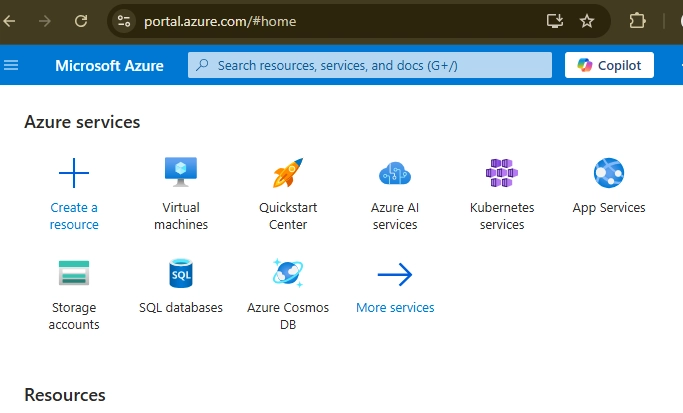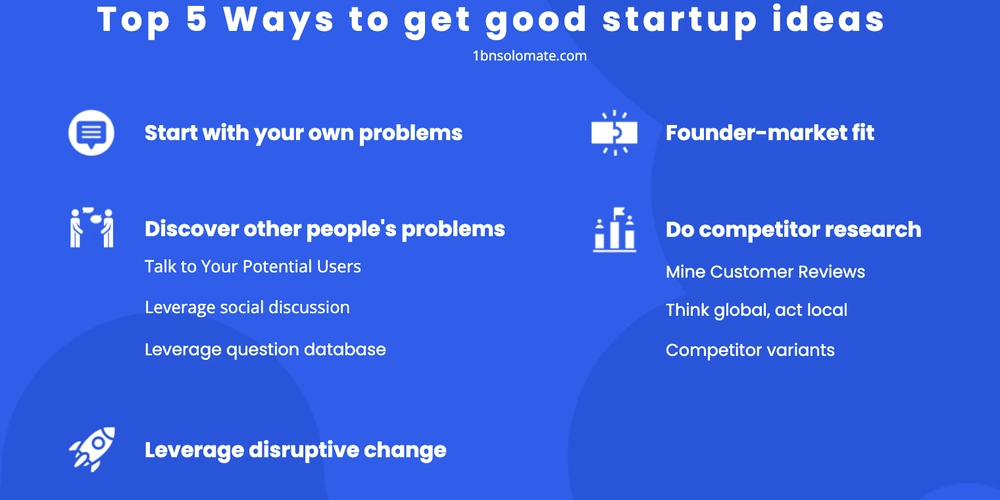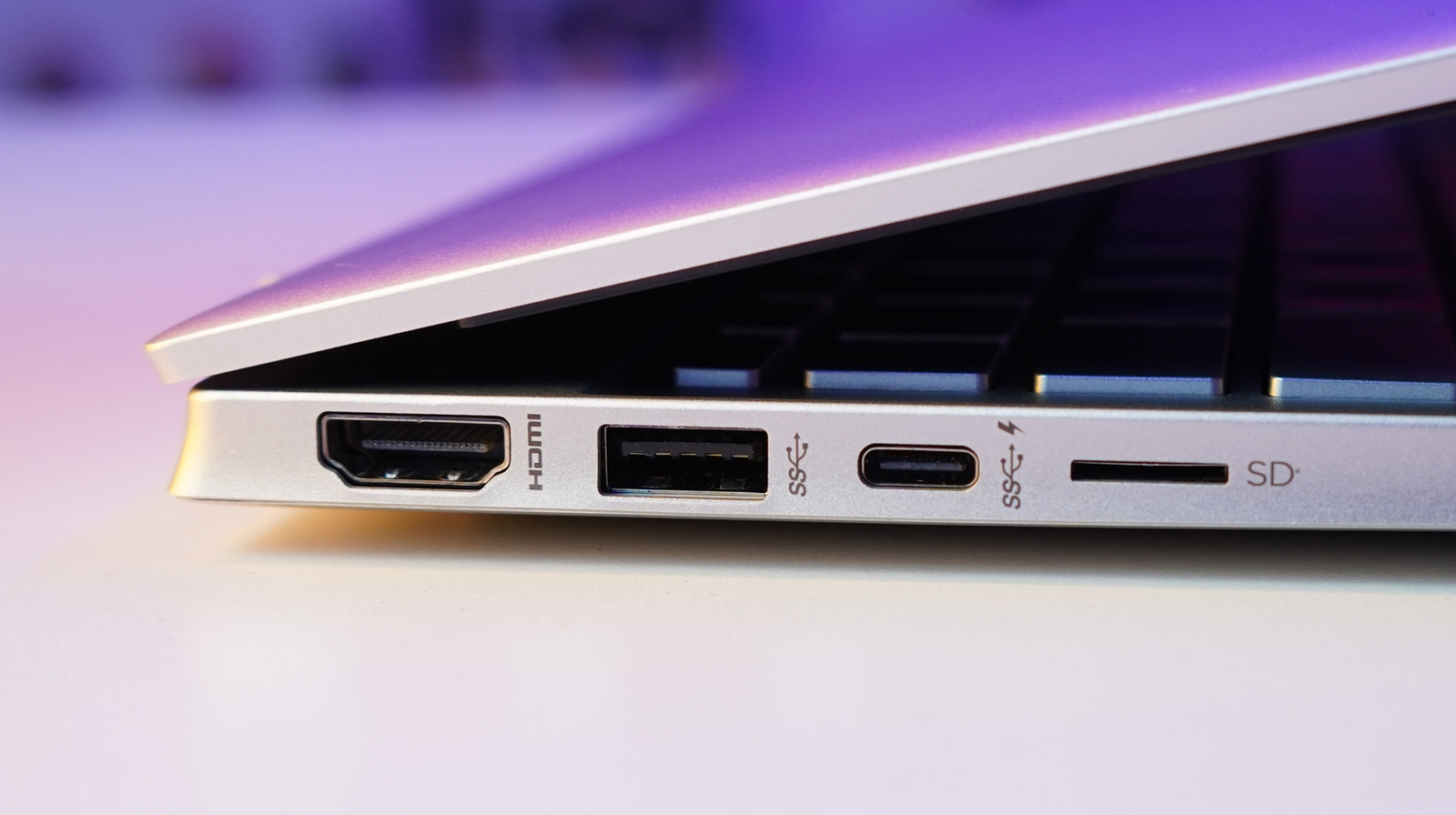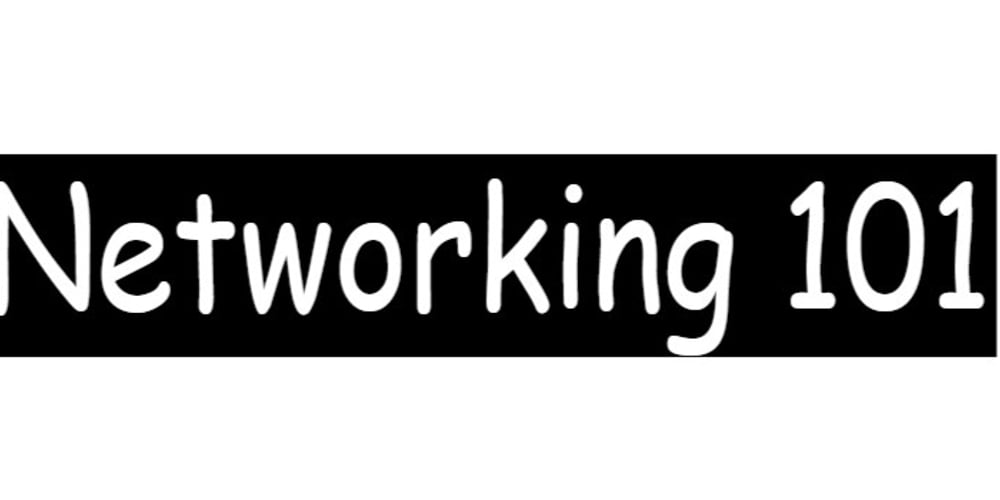Mastering Programming: The Essential Guide to Coding, Problem-Solving, and Writing Clean Code
Programming is more than just writing code, it is about problem-solving, logic, and structuring your thoughts efficiently. In this guide, we will explore essential programming concepts, how to think like a computer, and best practices for writing clean and maintainable code. Understanding Objects in Programming Objects are fundamental in programming, particularly in Object-Oriented Programming (OOP). An object is an instance of a class that contains attributes (data) and methods (behavior). Objects allow us to model real-world entities in a structured and reusable way. Example: class Car { constructor(brand, model) { this.brand = brand; this.model = model; } drive() { console.log(`${this.brand} ${this.model} is driving.`); } } const myCar = new Car('Toyota', 'Corolla'); myCar.drive(); Abstraction: Hiding Complexity Abstraction is the principle of hiding unnecessary details and exposing only what is essential. For example, when using a mobile phone, you interact with its interface without needing to understand the internal circuitry. Planning Out Objects Before coding, it is crucial to plan objects effectively: Identify entities in the system (e.g., Users, Products, Orders). Define their properties (e.g., User => name, email, age, isLoggedIn) and behaviors (e.g., User => login, logout, updateEmail, getProfile). Establish relationships between them (e.g., A User can have multiple Products (purchases), but a Product belongs to only one User). Ensure modularity and reusability. Encapsulation: Protecting Data Encapsulation restricts direct access to some parts of an object to ensure controlled modification. class BankAccount { constructor(balance) { let _balance = balance; this.getBalance = () => _balance; this.deposit = (amount) => _balance += amount; } } const myAccount = new BankAccount(1000); console.log(myAccount.getBalance()); // 1000 Solving a Problem Like a Computer To solve problems efficiently, break them into logical steps: Analyze and understand the problem. Define input and expected output. Identify patterns. Break it into smaller tasks and avoid ambiguity. Implement and optimize the solution. Understanding Logic Flow Logic flow determines how instructions are executed: Sequential execution: Code runs line by line. Conditional execution: Decisions are made using if-else statements. Looping execution: Code runs repeatedly using for, while, or recursion. Steps to Writing Clean Functions Writing clean functions improves maintainability and readability: Understand the goal: Understand the reason for the function and what it should achieve. This will help you give it a matching name and parameter. Keep functions short and focused: One function should do one thing well. Use descriptive names: Avoid ambiguous names like x or temp. Follow the DRY (Don’t Repeat Yourself) principle: Avoid redundancy. Handle edge cases: Consider unexpected inputs. Make functions reusable: Avoid hard-coded values. Data Storage and Management Choosing the right data structure is crucial for performance. Common options include: Arrays: Lists of elements. Objects: Key-value pairs. Databases: SQL for structured data, NoSQL for flexible schemas. Steps to Solving Programming Questions When tackling coding problems, follow this structured approach: Read and understand the problem statement. Walk through the problem manually. Identify inputs and expected outputs. Break it down into smaller subproblems. Choose an appropriate algorithm. Write a solution and test with edge cases. Simplify and optimize for performance. Write useful comments. How to Learn Programming Fast To become proficient in programming, adopt these best practices: Learn only what you need to meet your objective: e.g., To get a job Learn indepth, what you need to meet your goal: e.g., To be a Frontend Developer, learn HTML, CSS JavaScript and TypeScript indepth. Practice daily: Solve coding problems regularly. If you want to learn something and be good at it, do it everyday. Build projects: Apply knowledge to real-world applications. Read and analyze code: Learn from open-source projects. Understand algorithms and data structures: Improve problem-solving skills. Seek mentorship and feedback: Get reviews from experienced developers. Finally, if you have a technique that works for you well, stick to it because someone told you another is better Conclusion Mastering programming involves understanding fundamental concepts, developing a problem-solving mindset, and following best practices for writing clean, efficient code. By implementing these principles, you can become a better developer and write maintainable, scalable applications.

Programming is more than just writing code, it is about problem-solving, logic, and structuring your thoughts efficiently. In this guide, we will explore essential programming concepts, how to think like a computer, and best practices for writing clean and maintainable code.
Understanding Objects in Programming
Objects are fundamental in programming, particularly in Object-Oriented Programming (OOP). An object is an instance of a class that contains attributes (data) and methods (behavior). Objects allow us to model real-world entities in a structured and reusable way.
Example:
class Car {
constructor(brand, model) {
this.brand = brand;
this.model = model;
}
drive() {
console.log(`${this.brand} ${this.model} is driving.`);
}
}
const myCar = new Car('Toyota', 'Corolla');
myCar.drive();
Abstraction: Hiding Complexity
Abstraction is the principle of hiding unnecessary details and exposing only what is essential. For example, when using a mobile phone, you interact with its interface without needing to understand the internal circuitry.
Planning Out Objects
Before coding, it is crucial to plan objects effectively:
- Identify entities in the system (e.g., Users, Products, Orders).
- Define their properties (e.g., User => name, email, age, isLoggedIn) and behaviors (e.g., User => login, logout, updateEmail, getProfile).
- Establish relationships between them (e.g., A User can have multiple Products (purchases), but a Product belongs to only one User).
- Ensure modularity and reusability.
Encapsulation: Protecting Data
Encapsulation restricts direct access to some parts of an object to ensure controlled modification.
class BankAccount {
constructor(balance) {
let _balance = balance;
this.getBalance = () => _balance;
this.deposit = (amount) => _balance += amount;
}
}
const myAccount = new BankAccount(1000);
console.log(myAccount.getBalance()); // 1000
Solving a Problem Like a Computer
To solve problems efficiently, break them into logical steps:
- Analyze and understand the problem.
- Define input and expected output.
- Identify patterns.
- Break it into smaller tasks and avoid ambiguity.
- Implement and optimize the solution.
Understanding Logic Flow
Logic flow determines how instructions are executed:
- Sequential execution: Code runs line by line.
-
Conditional execution: Decisions are made using
if-elsestatements. -
Looping execution: Code runs repeatedly using
for,while, or recursion.
Steps to Writing Clean Functions
Writing clean functions improves maintainability and readability:
- Understand the goal: Understand the reason for the function and what it should achieve. This will help you give it a matching name and parameter.
- Keep functions short and focused: One function should do one thing well.
-
Use descriptive names: Avoid ambiguous names like
xortemp. - Follow the DRY (Don’t Repeat Yourself) principle: Avoid redundancy.
- Handle edge cases: Consider unexpected inputs.
- Make functions reusable: Avoid hard-coded values.
Data Storage and Management
Choosing the right data structure is crucial for performance. Common options include:
- Arrays: Lists of elements.
- Objects: Key-value pairs.
- Databases: SQL for structured data, NoSQL for flexible schemas.
Steps to Solving Programming Questions
When tackling coding problems, follow this structured approach:
- Read and understand the problem statement.
- Walk through the problem manually.
- Identify inputs and expected outputs.
- Break it down into smaller subproblems.
- Choose an appropriate algorithm.
- Write a solution and test with edge cases.
- Simplify and optimize for performance.
- Write useful comments.
How to Learn Programming Fast
To become proficient in programming, adopt these best practices:
- Learn only what you need to meet your objective: e.g., To get a job
- Learn indepth, what you need to meet your goal: e.g., To be a Frontend Developer, learn HTML, CSS JavaScript and TypeScript indepth.
- Practice daily: Solve coding problems regularly. If you want to learn something and be good at it, do it everyday.
- Build projects: Apply knowledge to real-world applications.
- Read and analyze code: Learn from open-source projects.
- Understand algorithms and data structures: Improve problem-solving skills.
- Seek mentorship and feedback: Get reviews from experienced developers.
- Finally, if you have a technique that works for you well, stick to it because someone told you another is better
Conclusion
Mastering programming involves understanding fundamental concepts, developing a problem-solving mindset, and following best practices for writing clean, efficient code. By implementing these principles, you can become a better developer and write maintainable, scalable applications.













































































































































































![[The AI Show Episode 142]: ChatGPT’s New Image Generator, Studio Ghibli Craze and Backlash, Gemini 2.5, OpenAI Academy, 4o Updates, Vibe Marketing & xAI Acquires X](https://www.marketingaiinstitute.com/hubfs/ep%20142%20cover.png)


























































































































![[FREE EBOOKS] The Kubernetes Bible, The Ultimate Linux Shell Scripting Guide & Four More Best Selling Titles](https://www.javacodegeeks.com/wp-content/uploads/2012/12/jcg-logo.jpg)



![From drop-out to software architect with Jason Lengstorf [Podcast #167]](https://cdn.hashnode.com/res/hashnode/image/upload/v1743796461357/f3d19cd7-e6f5-4d7c-8bfc-eb974bc8da68.png?#)






































































































.png?#)





.jpg?#)































_Christophe_Coat_Alamy.jpg?#)








































































































![Rapidus in Talks With Apple as It Accelerates Toward 2nm Chip Production [Report]](https://www.iclarified.com/images/news/96937/96937/96937-640.jpg)







































































































































